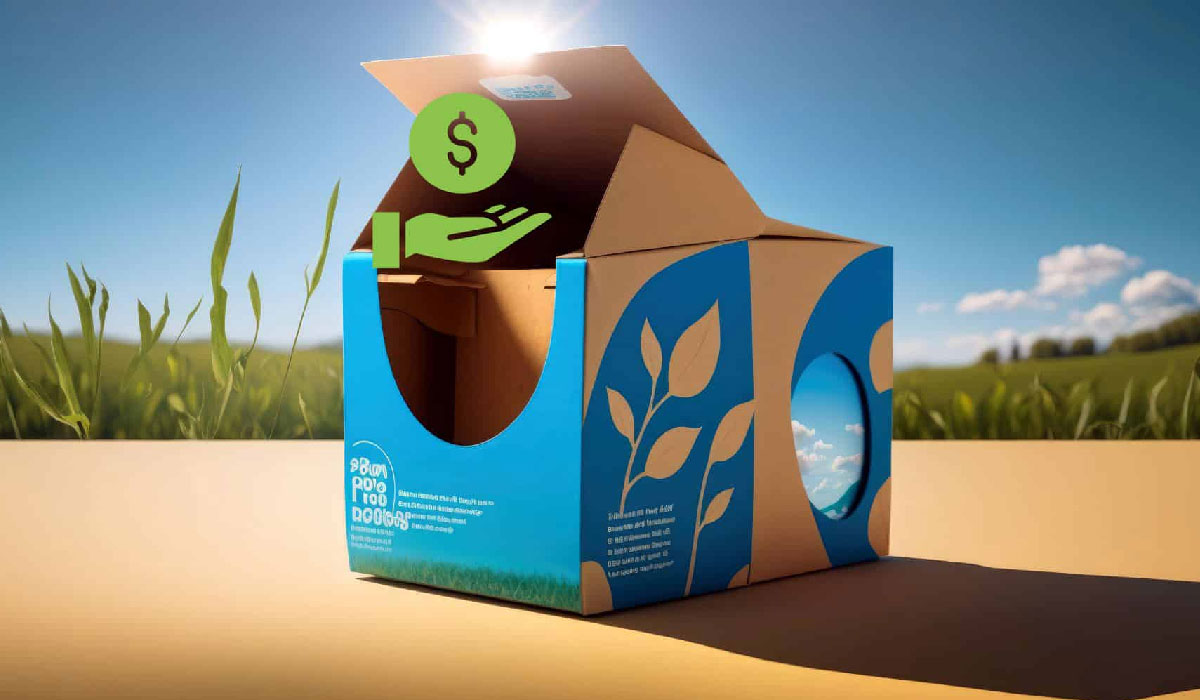As businesses face increasing pressure to adopt environmentally friendly practices, the need for sustainable commercial packaging solutions has never been greater. Packaging plays a vital role in protecting products and ensuring safe delivery, but traditional methods often contribute to waste and environmental degradation. By embracing sustainable packaging strategies, companies can meet consumer demands, reduce environmental impact, and balance cost efficiency. Here’s how your business can lead the way in sustainable commercial packaging.
The Need for Sustainability in Packaging
The global packaging industry generates millions of tons of waste annually, much of which ends up in landfills or the ocean. Consumers are increasingly aware of the environmental impact of excessive and non-recyclable packaging. Incorporating sustainable practices not only helps protect the planet but also aligns businesses with the growing eco-conscious mindset of their customers. In fact, studies show that consumers are more likely to support brands that prioritize sustainability.
Key Elements of Sustainable Packaging
Sustainable commercial packaging focuses on minimizing environmental harm while maintaining functionality and cost-effectiveness. The key elements include:
- Recyclable Materials: Use materials like paper, cardboard, and certain plastics that can be easily recycled, reducing waste and conserving resources.
- Biodegradable Options: Invest in packaging made from materials that naturally decompose, such as plant-based plastics or compostable paper.
- Lightweight Designs: Reduce material usage by designing lightweight packaging, which also lowers shipping costs and carbon emissions.
- Reusable Solutions: Offer packaging that customers can repurpose, such as sturdy boxes or jars.
Balancing Cost with Environmental Goals
While sustainable packaging often requires an initial investment, businesses can offset costs through long-term savings and increased customer loyalty. Here’s how to achieve a balance:
- Optimize Packaging Design
Minimize material waste by tailoring packaging dimensions to the product. Right-sizing not only reduces material use but also lowers shipping expenses.
- Partner with Eco-Friendly Suppliers
Work with suppliers who prioritize sustainable materials and practices. Bulk purchasing or long-term contracts can help negotiate better pricing.
- Educate Consumers
Clearly label packaging with recycling instructions and sustainability certifications. Educated customers are more likely to support your eco-friendly efforts.
Innovative Examples of Sustainable Packaging
Many companies are leading the charge with creative and effective sustainable packaging solutions:
- Edible Packaging: Some businesses are exploring edible materials, such as seaweed-based wraps, for food products.
- Plant-Based Plastics: Bioplastics made from corn or sugarcane provide an alternative to traditional petroleum-based plastics.
- Minimalist Packaging: Brands are simplifying their designs to reduce unnecessary materials, using sleek, eco-friendly solutions that appeal to consumers.
- Recyclable Mailers: E-commerce companies are adopting fully recyclable mailers to reduce waste from online shopping.
Future Trends in Sustainable Packaging
The packaging industry continues to innovate in response to environmental challenges. Emerging trends include:
- Smart Packaging: Integrated technology, like QR codes, provides consumers with recycling information and tracks the environmental impact of products.
- Carbon-Neutral Solutions: Companies are working toward packaging with net-zero carbon emissions through offsets and eco-friendly production methods.
- Circular Economy Models: Businesses are adopting closed-loop systems where packaging is continuously recycled into new products.
Paving the Way for a Greener Future
Sustainable commercial packaging solutions are no longer a luxury—they are a necessity for businesses committed to reducing their environmental footprint. By investing in eco-friendly materials, optimizing designs, and adopting innovative practices, companies can balance cost-effectiveness with environmental responsibility. Not only does this approach align with consumer values, but it also positions your brand as a leader in sustainability. Embrace sustainable packaging today and be a catalyst for positive change in the industry.
For More Information Visit Megamagazine













